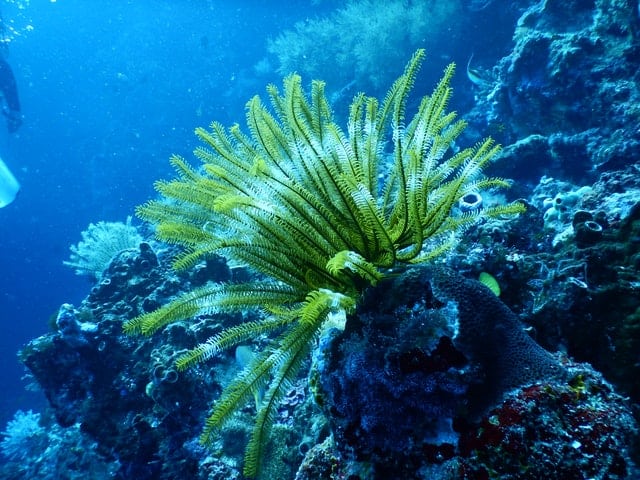A new ocean reserve has been created through legislation put in place by the by the Mexican Government. The Mexican president, Enrique Pena, made the announcement on 25 November 2017, stated that with the decree of the National Park of Revillagigedo, the Mexican Government had reaffirmed its ongoing commitment to being responsible for the conservation of Mexico’s heritage.
The reserve has been declared for the region of the four islands as well as the ocean in the area around the Revillagigedo Archipelago, which is located in the eastern Pacific Ocean off the coast of Mexico. It is approximately 390 kilometres to the south-east of the well known Baja California peninsula. The islands are the very top of ancient volcanoes that had grown from the ocean as part of an underwater mountain range. They are largely uninhabited with the Navy base being the only real organisation with a long-term established presence. The area around the Archipelago and the islands were previously placed on the UNESCO World Heritage Site list on 17 July 2016.
The reserve lies at the region which is strongly influenced by the flow of the waters from the California current but these are also mixed with the warm waters of the North Equatorial current creating an environment which is rich in a diverse mix of marine life. The islands provide an important habitat for a number of land and marine creatures and are very important as breeding habitats for a variety of seabirds which will also enjoy protection.
The region is known for its clear water, massive drops into deep waters and large groups of fish that come together besides the sheer rocky walls. The Archipelago is also well known for the Giant Oceanic Manta Rays and a Mexican research group has been working in the region undertaking the longest running manta ray identification program in the world with almost 40 years of research. The manta rays are known to have a wingspan of up to an extraordinary 6.7 metres.
There is now a series of seven marine protected areas that are spread out along the eastern Pacific Ocean, in Ecuador, Colombia, Panama, Costa Rica and Mexico. These offer protection not only to local species but are also part of the migratory route for many of the larger pelagic species.
The new marine reserve in Mexico covers an area of 150,000 square kilometres. The Mexican Government has confirmed that the strongest conservation category is to be used in the region, meaning that all commercial fishing activities are to be banned.
The Mexican president has indicated that the Environmental Ministry and Navy will carry out surveillance and remote monitoring with sanctions for those who breach the conditions for the reserve. There will also be training in the area, with efforts made to re-educate local fishermen to prevent them from breaking the new rules.
There has been overfishing in the region and it is hoped that the creation of the reserve will enable the population of many fish species to recover. It is anticipated that there will be some negative reaction initially from commercial fishing operations, however, it is expected that when fish stocks replenish and this flows into the waters open to fishing, as occurred when the Galapagos Islands were made a sanctuary, then the commercial fishing operations will understand the broader benefits to them of the reserve.
The region is also known as a migratory point for other large ocean creatures with up to 2000 humpback whales that migrate through the region and a group of whales which travel to these islands between January and March to breed in the local waters.
There are 4 species of turtle which use the islands as a nesting site. The leatherback turtle is a well-known traveller of the oceans. The olive ridley turtle likes travelling in the warm waters of the Pacific Ocean. The green turtle is a larger turtle that is well known for its travelling across the Pacific Ocean. The hawksbill turtle is known for its distinctive pointed beak. There are many different varieties of sharks that live beside the rocky cliffs and also use the waters for feeding and breeding as well as a substantial population of bottle-nosed dolphins that live around the islands.
The Archipelago is already known to scuba divers for the clear waters and rich diversity of sea life. It is expected that the declaration of the reserve and the accompanying publicity will further raise the status of the region as an attractive destination for international divers.
The dive industry is already estimated to provide US$15 million to the economy each year and the increase in interest should bring a welcome boost to local service providers. There are already controls in place to protect the region with identified buoys to be used as anchorages, as is required under the UNESCO World Heritage Site provisions.
The creation of the reserve shows an ongoing commitment by the Mexican Government to protecting the natural environment. Mexico has “protection of the environment” and “preservation and restoration of the ecological balance” written into the constitution. It has also recognized the value of having a balance between tourism and the protection of the environment. The commitment to the creation of the reserve will ensure that an important natural resource is preserved and will be able to be enjoyed by many local and international visitors.






